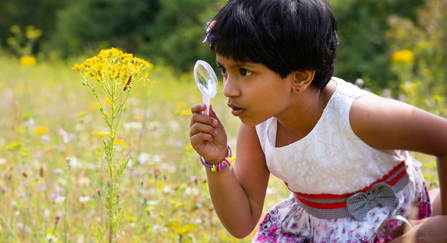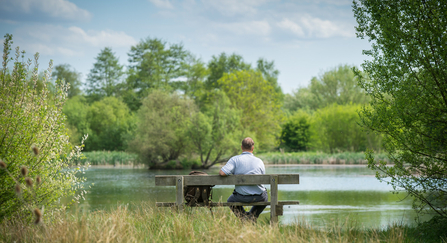The UK’s biggest nature challenge has now ended for another year. 30 Days Wild is the UK’s one and only month-long nature challenge from The Wildlife Trusts, and it invites everyone to do something wild – a random act of wildness! – every day in June, connecting us all with the beauty and wonder of the natural world.
This year saw over 730,000 people across the country going wild and performing countless random acts of wildness – whether it was brushing up on their insect ID skills, taking a stroll around a local churchyard, or simply admiring dramatic skies.
Other favourite random acts of wildness included listening to birdsong, exercising and eating outdoors, identifying and planting wild flowers, and going on a bug hunt.



